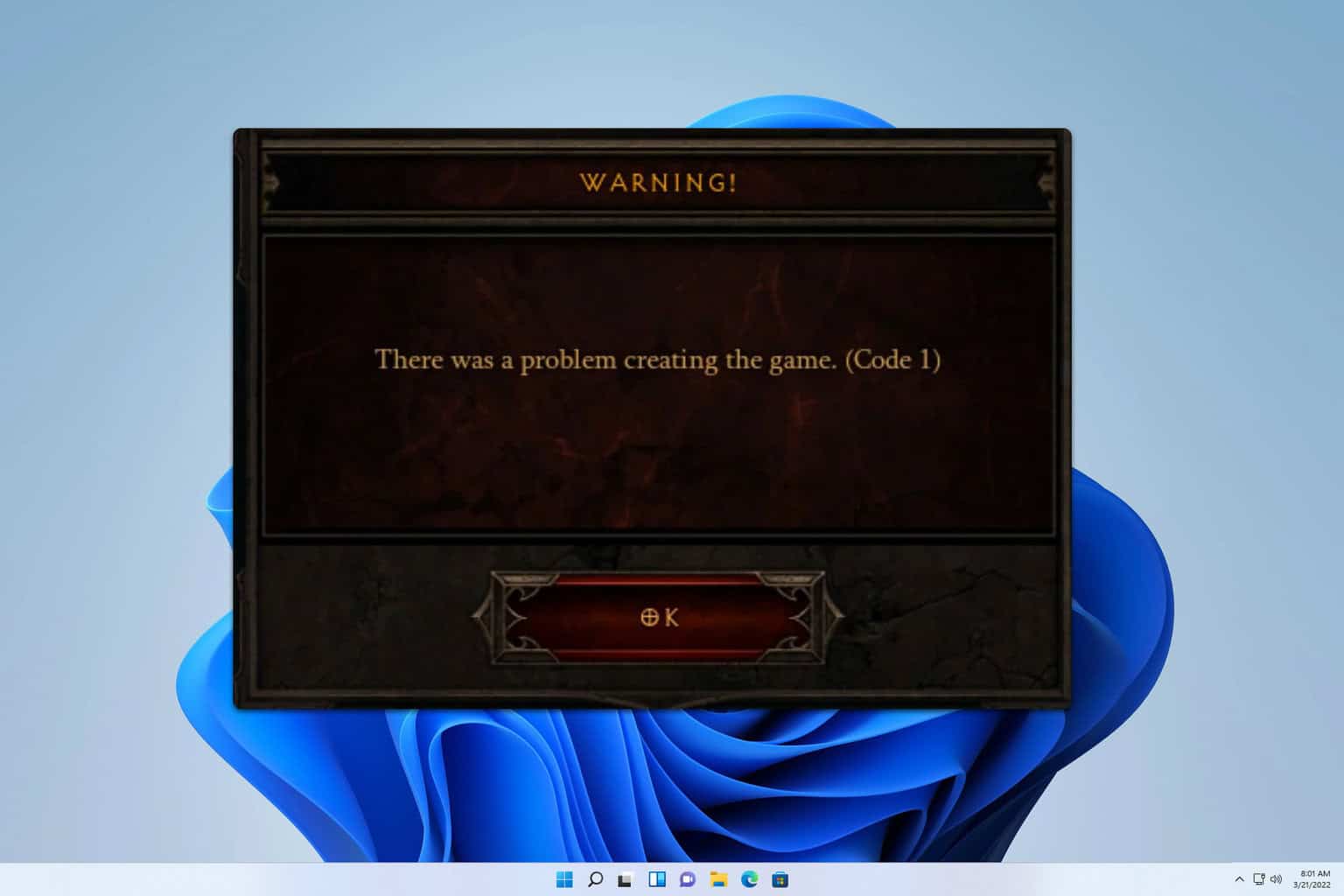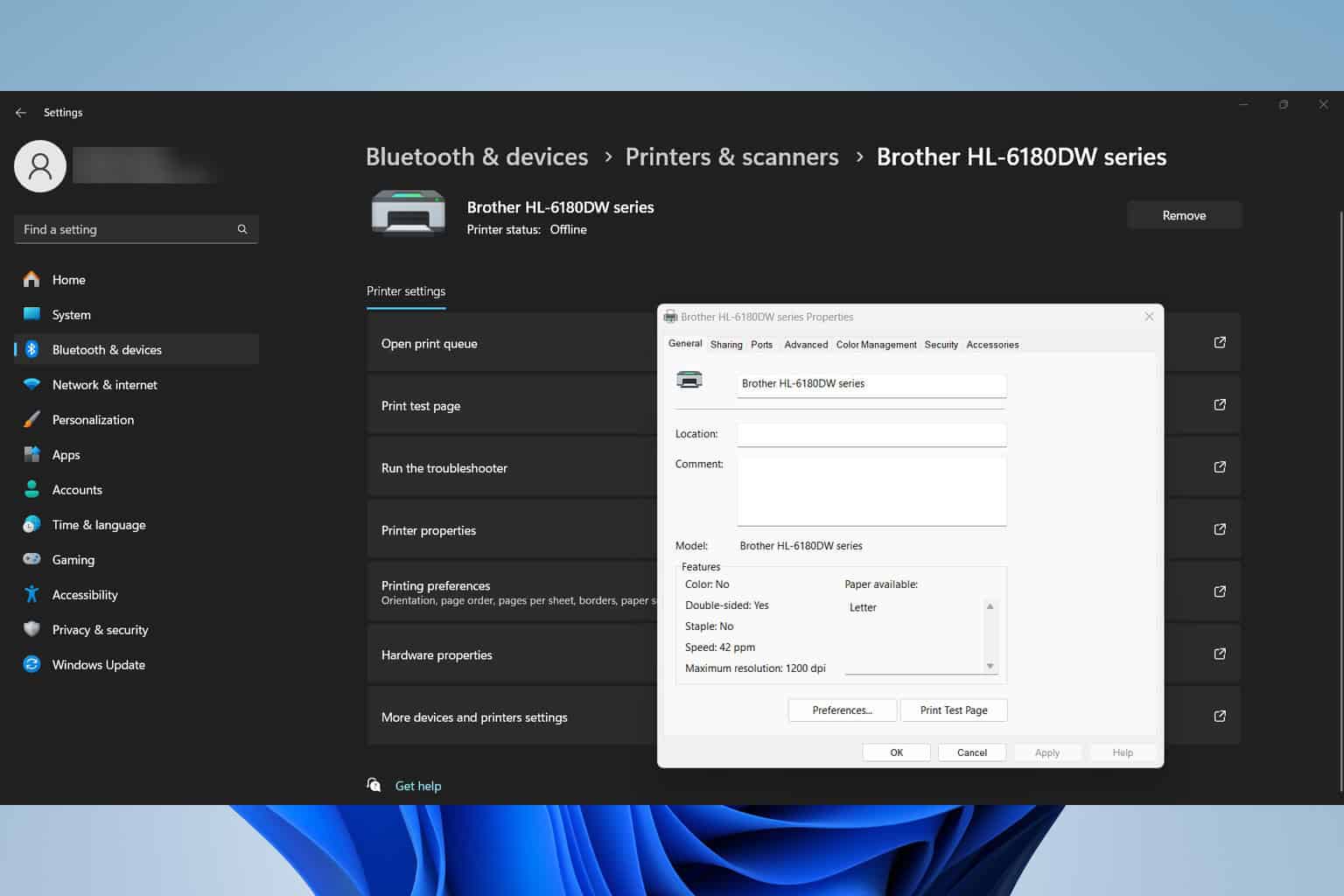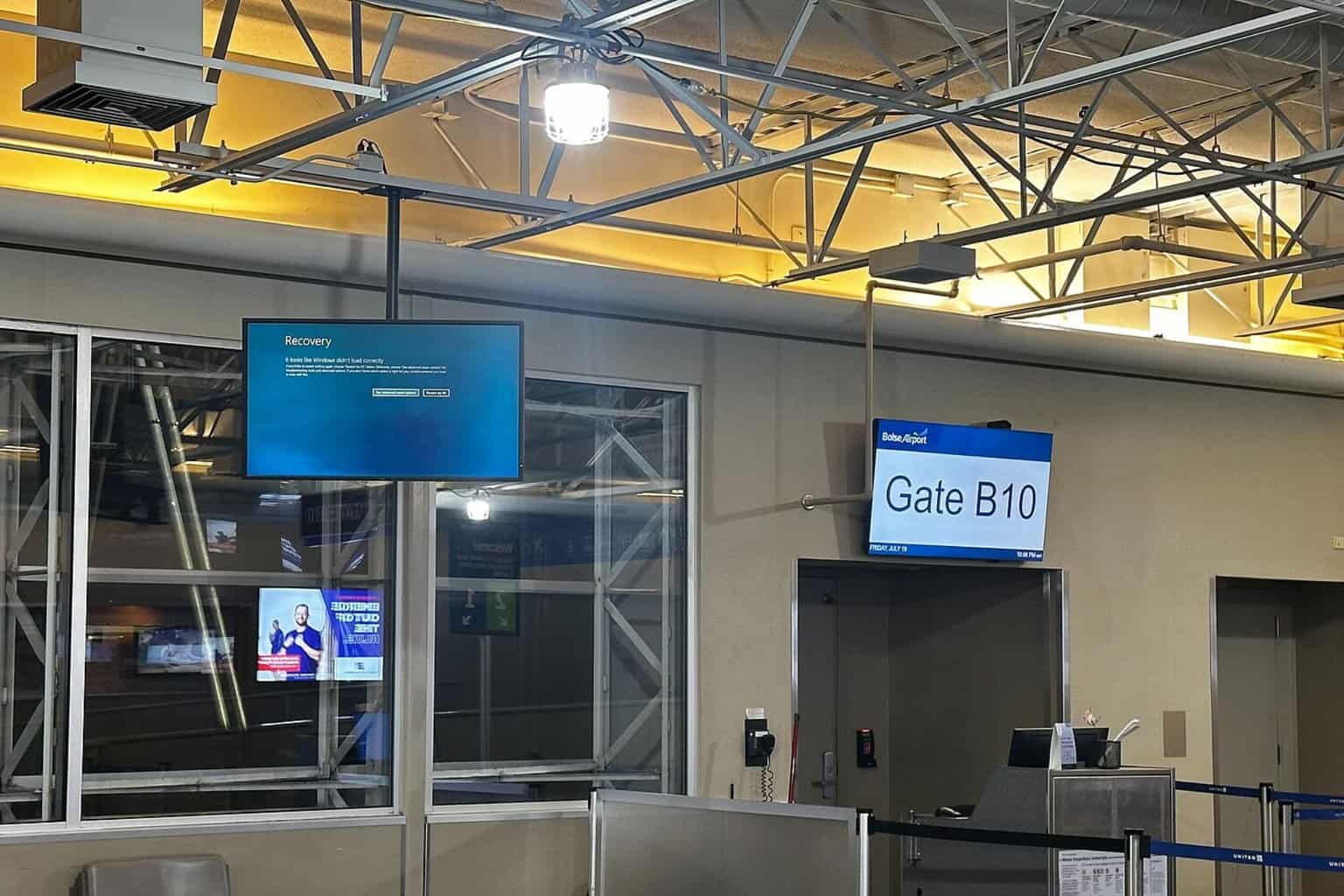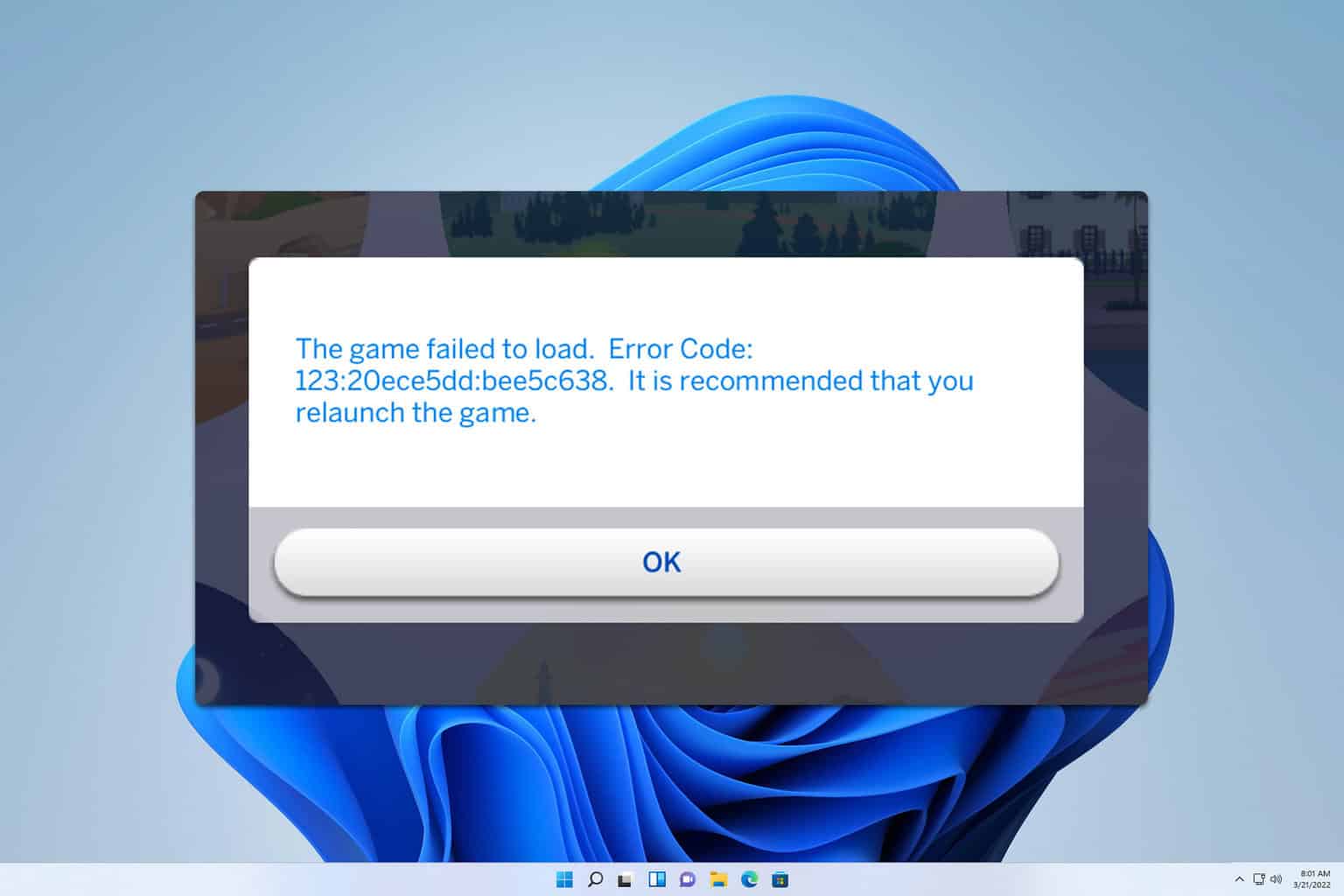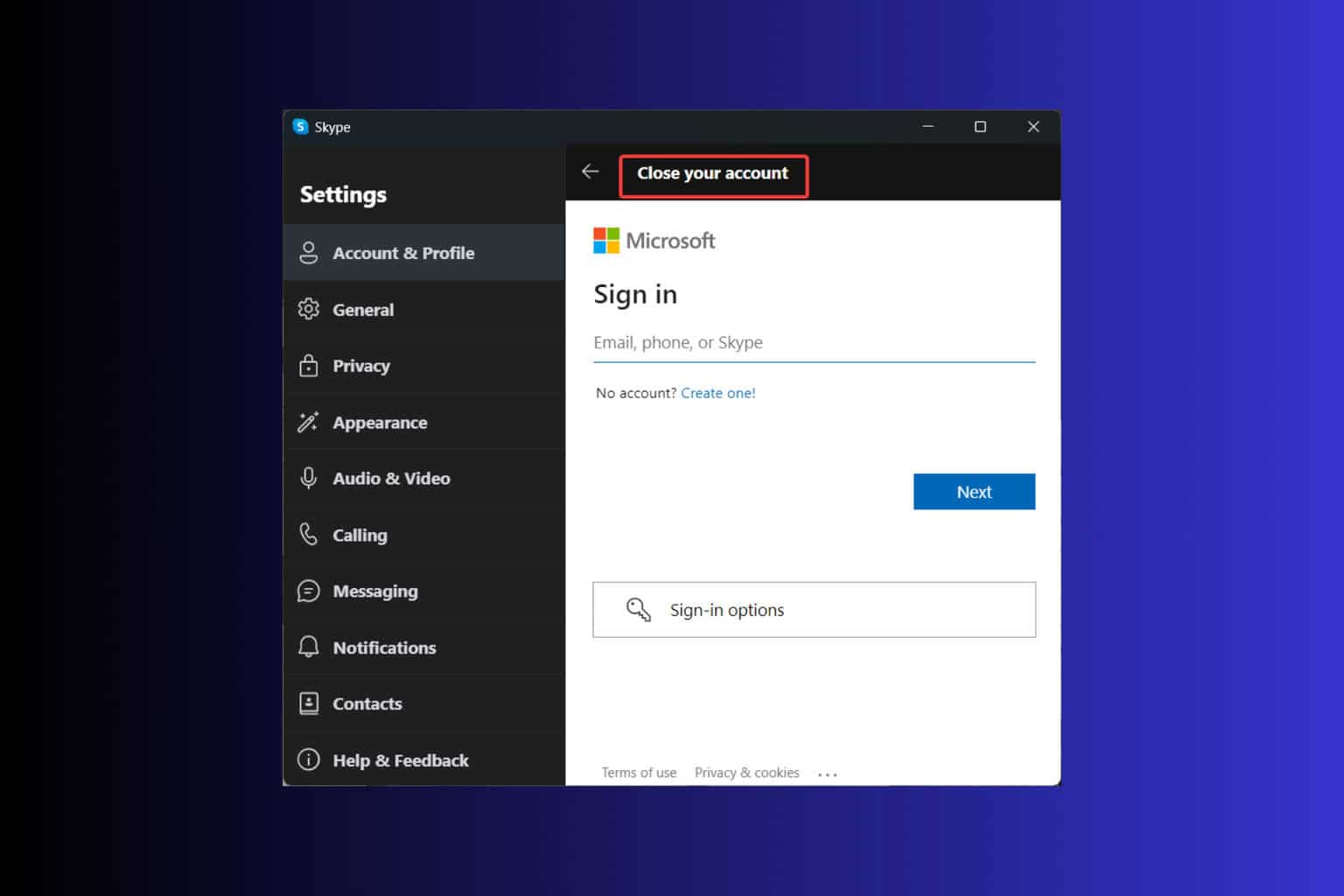Lenovo ThinkPad X1 Fold: When hardware and software don’t mix
12 min. read
Published on
Read our disclosure page to find out how can you help Windows Report sustain the editorial team Read more
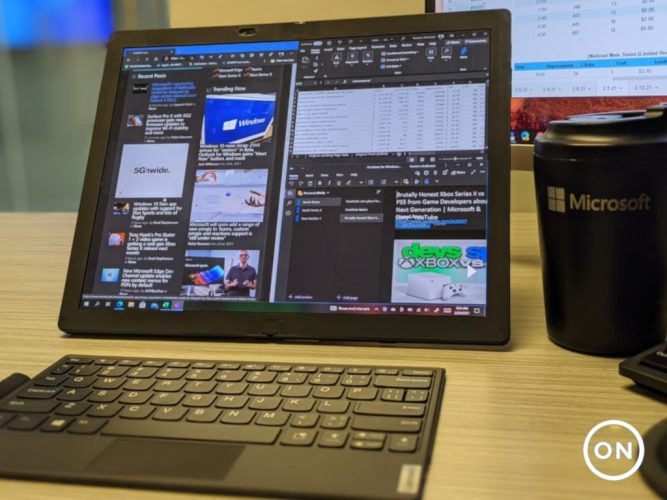
Lenovo announced its ThinkPad X1 Fold over a year and a half ago, and since then, nothing meaningful has occurred in the space. Sadly, Microsoft abandoned the sector of foldable screen support with its famed Windows 10 X being put on ice, and as much as partners such as Lenovo tried to accommodate the absence with its own patchwork digital services, foldable screen interest has reduced to a simmer of its former interest level.
Unfortunately, Lenovo was either saddled with excess hardware or didn’t get the industry memo that full-scale foldable workstations are taking a hiatus for now. Yet here we are with the ThinkPad X1 Fold, and while I think in many ways the hardware is ahead of its time, without the software layer in place, reviewing this device was a disjointed experience.
Design
Starting at $2,499 and $2,749 for the review unit I tested, the Lenovo ThinkPad X1 Fold is admittedly a niche device aimed at seeding the market for lower-cost alternatives in the future. With that being said, every dollar spent is reflected in the design, materials, and architecture that went into completing the Fold’s final offering. Despite experimenting with temperamental OLED display technology, the X1 Fold feels every bit as sturdy, reliable, and environmentally tested as any other ThinkPad device. In most ways, the X1 feels sturdier than a Microsoft Surface Pro, even when the keyboard cover is attached, and that’s thanks in large part to its casing. The outer portions of the X1 Fold are a thicker plastic material covered in what I think is faux leather. The leather could be real, and that might account for the extra nickels and dimes added to the final purchasing price.
The leather covering acts as a flexible skin for the X1 Fold which slides in and out of place when the device is folded or not. In addition to being a single slab of protection for the Fold, the leather cover also doubles as a built-in kickstand. About one-seventh of the leather protector folds outward to help prop up the X1 Fold in a semi-horizontal orientation. The integrated design takes what Microsoft did with the Surface Pro one step further. Instead of having to attach a secondary cover to protect the screen as well as engineer another mechanical moving part, Lenovo combined both functions into a slick single point of user friction. Unfortunately, the X1 Fold’s origami only works in landscape or vertical orientations, when in vertical perspectives, users are reliant on the folding of the screen to prop up portions of their view.
In 2021, screens are increasingly becoming bezel-less but the X1 Fold leans hard into its bezels, almost flagrantly. However, when holding the device, it’s apparent why the bezels remain. In addition to almost cartoonish bezels at this point, Lenovo also coated the X1 Fold’s in a rubberized foam-like material that helps users firmly keep a grip on the 2.2lb tablet computer while also protecting the screen from smacking itself when it’s folded onto itself or dropped, both potential situations further highlight the foresight and attention paid to the X1 Fold’s hardware.
On the outer brim of the device are the power button, volume rocker, and two USB-C ports that sit catacorner to one another towards the bottom right corner of the device. According to Lenovo, both USB-Cs can push 10Gbps and one can be used as a display portal to connect to the X1 Fold to a second monitor. Aside from the gen 2 USB-C 3.2 ports, the X1 Fold sacrifices connectivity for portability. There are no other ports, and the placement of the current I/O really discourages the use of dongles to extend connectivity.
Keyboard
I wanted to review this separately from the main hardware of the Lenovo X1 Fold because, well, it’s its own engineering marvel. While it’s a bit cramped for how I’m accustomed to using a keyboard, the fact that it connects through Bluetooth rather than pogo pins is something that should be standard in 2021 for detachable PCs. I get that introducing Bluetooth connectivity introduces another failure point, but having used several Surface Pro keyboards, having a pogo pin setup isn’t always a guaranteed experience either. Lenovo list the keyboard on its site as the optional: Lenovo Fold Mini Keyboard, but just like the Surface Pro, it’s implicitly needed and comes in the box thankfully.
Once again, Lenovo flexes its engineering prowess by subtly adding magnetic connectors to the bezel of the X1 Folds screen that helps secure the keyboard in place when tucked into the folded device. The entire carrying setup of the X1 Fold is seamless and intuitive. Furthermore, the keyboard becomes ultra-handy when touch typing becomes exhaustive. In the L-shape fold of the X1 Fold, you can split the screen between a 9.7-inch viewable area and a 9.7-inch typing experience. Some people can make use of the onscreen keyboard but with some of the software glitches that come with this version of Windows 10 on the Fold, it’s just more convenient to toss the keyboard on the screen and begin typing. When a user is done with the keyboard just leave it on top of the screen and fold the X1 around it and everything fits nice and snug in place. My only complaint is that the keyboard uses a micro-USB as a port for connecting power.
The disjointed charging experience is noticeable upon the first charging session. The computer portion of the X1 Fold uses USB-C while users need to scrounge around for a micro-USB to charge the keyboard. One last note about the keyboard is that unlike the Surface Pro, it can’t be positioned beyond a flat 180 degrees, so lap typing or typing on anything other than a completely flat surface is practically out of the question.
Hardware
The Lenovo X1 Fold comes with configurations of up to 1TB PCIe M.2. SSD storage is great for quickly uploading files if you can find a USB-A to USB-C converter. There is also an 8GB LPDDR4X 4267MHz memory that comes equipped. Sadly, due to some software issues, I’ll talk about shortly, every bit of that 8GB crawls on the X1 Fold. Intel chucked a Core i5-L16G7 chip into the X1 Fold capable of up to 3.00 GHz Turbo Boost with 5 cores, 5 threads, and 4MB Cache as well as integrated graphics. The battery on the X1 Fold is about average for a detachable device. Lenovo claims up to 10.4 hours of battery use when testing video playback and while that might be true, I was getting 6 hours steadily for regular computer use. Thankfully, there is a 50Wh battery in the device as well as Rapid Charge Technology onboard.
As for the guest of honor, the screen, Lenovo uses a 13.3-inch QXGA foldable 2K OLED, DCI-P3 95% touch, and pen-enabled panel that can push upwards of three hundred nits of brightness. It’s not the brightest panel in 2021 or even in 2019 when it was first engineered but it gets the job done and does it looking like a normal screen when it’s fully unfolded. Perhaps, because of its foldability, the screen does not feel like normal glass to the touch but instead a smooth plastic and it becomes further pronounced when the device is folded and the crease in the middle is visible.
Experience
The actual hardware experience of the X1 Fold is the most intuitive of all detachable or foldable devices in the market, in large part due to its chunky book-like design. The feel in the hand is very reminiscent of a leather-bound book that invites the folding and unfolding of the device. Closing the X1 Fold also comes with a muffled but satisfying click when the two magnet points on opposite bezels connect. Opening and closing the X1 Fold is a treat amongst itself and could constitute a stress-relieving activity (albeit an expensive one) thanks to the smooth hinge process that allows for a measured fold and unfold experience each time. I’m not sure how the folding mechanism would hold over time, but I did a cursory fold test of over three hundred folds in a single sitting and the device responded the same throughout the process.
Speaking of the X1 Fold’s folding experience, it began and ended with opening and closing the device for me. Other reviewers were able to persevere operating the device in an almost seated-L position to get work done, but the crease obscured too much of the viewing for me to concentrate on my work. I found myself simply opening the device-wide to take full advantage of the 13.3-inch screen. I understand the selling point is the folding nature of the screen, but nothing in Windows really takes advantage of that mechanism and in practice, it really only served as a neat new way to condense my workstation.
While it may seem like a negative, having the X1 Fold unfurled in all of its 13.3-inch glory also worked in forcing me to use Windows 10 in tablet mode often. When I wasn’t banging out articles, triage emails, or writing ad copy, I found myself using the Fold in tablet mode 80 percent of the time. Which was a newish experience for me, even coming from a Surface Pro 7 Plus. While it’s not the lightest tablet-PC on the market, the leather on the back feels more inviting to the touch than other alternatives, and being able to quickly snap it close without having to scurry for a keyboard cover just reinforced my tablet use of the device.
However, that’s where things mostly fell apart for me.
I’m not sure who to assign blame here, so I won’t, but the Windows 10 experience on the Fold is janky at best and often unusable at worst. Rotation recognition on the X1 Fold is spotty and slow which means that if you found a position to consume media in, don’t lose it because there is a decent chance you may need to restart the device to get back to that orientation. If you’re not fighting the gyroscope, you might numb your fingers double and triple pressing touch points on the screen because they’re registering a touch. A quick but risky fix for the lack of touch response in a particular app could be rotating the app to place the touchpoint in a spot the screen is recognizing at the time, but we know how that could end.
More disappointing than some software glitches with Windows 10 is that Microsoft doesn’t seem to be working on its tablet-mode at all. As an Insider, I could weather the development storm of a broken tablet experience if I had some assurance that a solution is in the works. The X1 Fold was designed specifically with Microsoft’s original dual-screen Windows 10X vision in mind but the software company, unfortunately, pulled the rug from underneath its partner. Worse yet, it’s retooling that Windows 10 X for a single screen experience going forward which ostensibly obsoletes the X1 Fold out of the box. Lenovo attempts to cover up the lack of Windows 10X with its own mode-identifying software that will float windows to the middle of the screen and allow a user to toss it to one of the corners in the desktop. However, Windows 10 tablet mode relies heavily on a vertical split-screen paradigm when windowing. For a device that folds in the middle, Microsoft needs to rethink windowing as well as the gestures of the operating system when touch is the primary interface.
Thankfully, touch and type aren’t the only inputs. Lenovo includes a pen with the X1 Fold that has a better registration rate on the screen, so I found myself navigating the OS mostly with a pen that I had to remind myself not to bite as I fidgeted during work hours.
Summary
The technology behind the folding aspect of the X1 Fold is fascinating, but actual productivity from this device is middling, especially for its price. At close to $3,000, users are paying a $1,500 premium for the convenience of being able to fold up their laptops in a semi-new way. With only 8GB and a Core i5 chip, it’s not meant to be a workhorse or even a mainstream creativity device for mass adoption. Couple those points with this janky Windows 10 experience, the X1 Fold at best is an engineering reference device.
On the other side, it’s a ThinkPad with a high price tag which means it’s destined for some executive’s desk who might say why don’t we have our company email client outfitted for my shiny new toy. With that being the case, hopefully, the X1 seeds the land for a flourishing batch of foldables in the future. Lenovo is only half of this equation with Microsoft being the other who needs to figure out Windows 10 X or its Sun Valley update. Windows 10 needs to revisit its tablet mode in a major way that addresses the future of intuitive touch-first thin clients that connect to its robust cloud platform. If it doesn’t it could end up watching some other company capitalizing on its early Windows 8 work.








